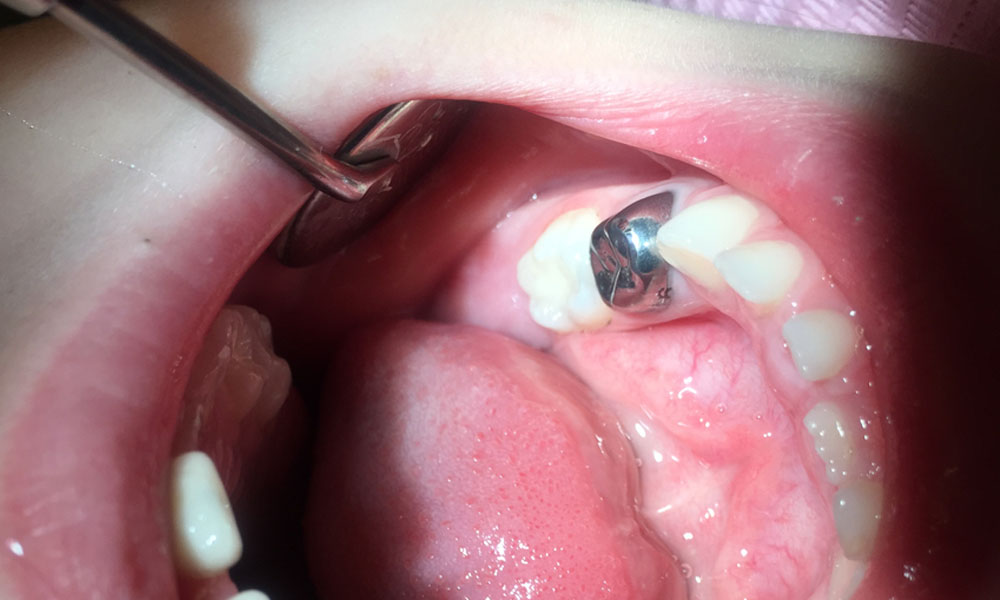The states introducing dental loss ratio legislation
NCOIL adopts Medical Loss Ratios for Health Care Services Plans Model Act
This year is shaping up to be a big one for legislation related to dental loss ratios.
In 2024, nine state dental societies have already introduced legislation for dental loss ratios, which refers to the insurance premium revenue that is spent on patient care instead of operating costs. These include Illinois, Nebraska, New York, Oklahoma, Pennsylvania, Rhode Island, Virginia, Washington and West Virginia. Arizona, Colorado and Nevada adopted legislation in 2023, and New Mexico adopted legislation in 2022.
Some of these states have filed more than one measure, and nearly all of the bills would set a minimum ratio that dental plans must meet, with a corresponding rebate requirement for plans spending less than that minimum. While every proposal is framed around ensuring patients receive the most health care value from their dental plans, each state has taken a unique approach to calculating its dental loss ratio.
“This is only the beginning,” ADA President Linda J. Edgar, D.D.S., predicted. “As more bills are introduced, I can see more provisions being added on behalf of insured patients, and I am sure state legislators will do the right thing by passing Dental Loss Ratio legislation that puts patients over profits.”
Legislation in Rhode Island, for instance, requires insurers to report a wide range of financial data, including their dental loss ratios. It sets limits on what can be considered an expense for dental care versus overheard costs, and requires refunds to covered patients when dental insurers spend less than 85% of premium revenue on dental care expenses. A bill in Oklahoma would set the minimum loss ratio at 80% with a similar refund requirement for plans spending less than 80%, and calls for an insurer rate review process in which premium increases are prohibited.
All bills have components of insurer reporting requirements and most involve focused effort to ensure patients’ premium dollars are prioritized as investments in their dental care.
Additionally, The National Council of Insurance Legislators voted at the Jan. 26 Health Insurance and Long Term Care Issues Committee Meeting to pass model legislation for a dental loss ratio. The bill includes language negotiated between the ADA and the National Association of Dental Plans, which represents dental insurance and third-party payer companies.

Known as the Medical Loss Ratios for Health Care Services Plans Model Act, the model legislation is sponsored by Delegate Steve Westfall, R-W. Va., and co-sponsored by Rep. Rita Mayfield, D-Ill.
The model law’s main goal is to “provide for transparency of the expenditure of dental health care plan premiums, and to require annual reports and remediation if the dental loss ratio falls below a certain percentage,” according to the act, which borrowed elements from legislation in other states.
Currently, qualified health plans for medical insurance have to file a comprehensive medical loss ratio report annually and provide rebates to consumers if premiums cover more than 20% of administrative expenses. While every state has a minimum ratio for medical insurance, not many have a similar standard for dental insurance.
Mr. Westfall expressed enthusiasm at both the model bill’s passage and the negotiations between the ADA and NADP.
“It’s important to the dentists, it’s important to the plans to sell these dental plans,” Mr. Westfall told the ADA. “This is one of the model acts that took a while, and I’m very happy that both sides compromised. I’m extremely excited that we got it to where both parties agree to it.”
NCOIL — a national organization made up of legislators, many of whom are members of insurance committees — discussed its dental loss ratio model for more than a year before seeking outside insight. The ADA and NADP then worked to negotiate dental loss ratio model language to eventually be proposed in state legislatures.
The model language includes protection from dental plans raising their premiums once a dental loss ratio is set. It also says that a state department of insurance will set a loss ratio for a dental plan if it is determined to be an “outlier” for having a low dental loss ratio.
“If the DLR for a carrier in a market segment does not increase and remains an outlier … after two consecutive years, barring unique circumstances as determined reasonable by the commissioner, the carrier shall be subject to a minimum DLR percentage by market segment,” the model legislation reads.
Rep. Deborah Ferguson, R-Ark., D.D.S., who was a past president of NCOIL, called the passage of this model legislation an example of NCOIL “at its finest.”
“While I certainly hoped to see it pass when I was president last year, it was really important for us to take some more time to hear from more stakeholders and to work to find a solution that has widespread support,” she said.
The ADA has previously advocated for the establishment of loss ratios for dental plans. On Jan. 4 the Association submitted comments on the Centers for Medicare and Medicaid Services’ proposed 2025 Notice of Benefit and Payment Parameters for the Patient Protection and Affordable Care Act. Included in that letter was the suggestion that stand-alone dental plans or qualified health plans file a comprehensive dental loss ratio report annually.
According to the ADA, the “solid, starting-point” model legislation “sets the bar much higher, to the benefit of our state dental societies advocating for DLR legislation in their states.”
The ADA issued a press release on NCOIL’s model legislation on ADA.org.
Those interested in commenting on the model legislation can email adanews@ada.org.



